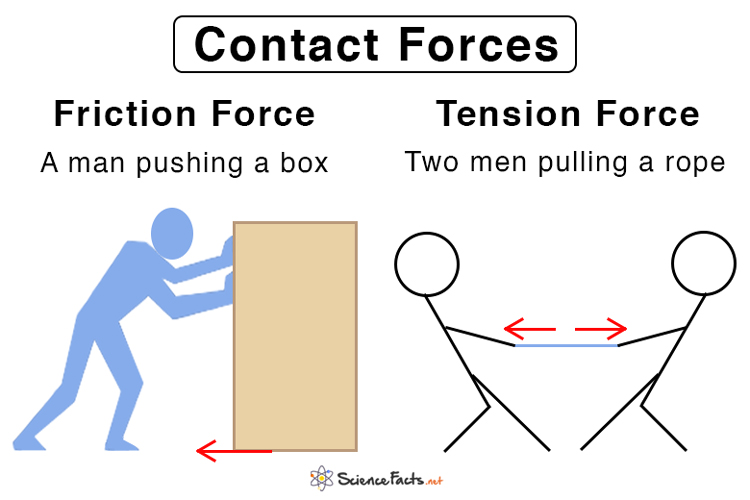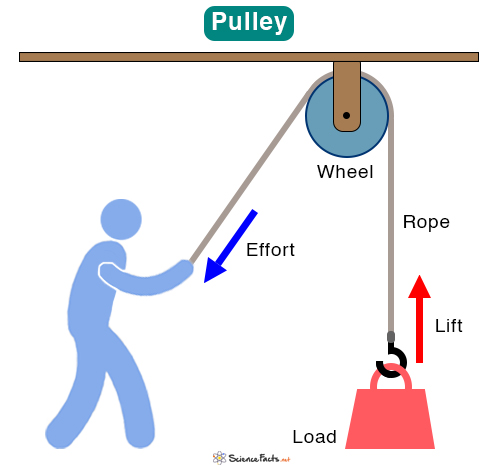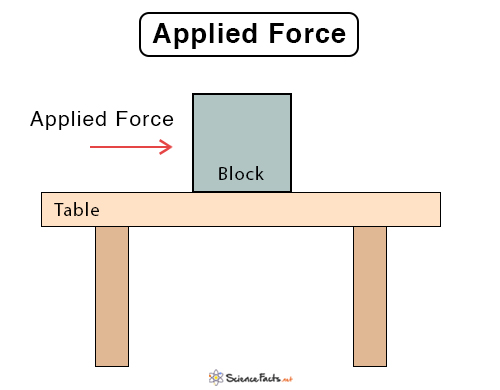Phonon
Phonons are tiny packets of energy that come from the vibrations of atoms in a solid. In solids, atoms are arranged in a regular, repeating pattern called a lattice, where each atom vibrates around its fixed position. These vibrations or phonons travel through the solid in fixed, tiny amounts, carrying energy with them. Therefore, we can think of phonons as “energy particles” that help explain how heat and sound move through solid materials.
Quantization of Energy
In solids, the vibrational energy of atoms is not continuous but quantized, meaning it comes in small, discrete packets. This concept is similar to light. Light consists of tiny packets of energy called photons. Just as photons represent quantized light energy, phonons represent quantized thermal or sound energy within a material. The energy of each phonon depends on factors like the type of vibration and the material’s properties.
Types of Phonons
There are two main types of phonons: acoustic phonons and optical phonons. Each type affects how energy moves through a solid material in different ways.
Acoustic Phonons
Acoustic phonons are low-energy vibrations where the atoms in the lattice vibrate in sync; that is, they move together in the same direction. As a result, they create waves that carry energy from one part of the material to another. This type of phonon is especially important for heat and sound propagation.
For example, in metals, these vibrations can carry heat quickly, which is why metals are good conductors of heat. On the other hand, in wood or rubber, these vibrations move less freely, so heat does not travel as well, making them good insulators.
Optical Phonons
Optical phonons are higher-energy vibrations that usually occur in materials where the crystal structure has more than one type of atom per unit cell (e.g., ionic crystals like sodium chloride (NaCl)). Here, the atoms vibrate out of sync; that is, they move in opposite directions. For instance, one type moves left while the other moves right, as shown in the image.
These higher-energy vibrations are important for understanding how a material interacts with light. When light hits the material, optical phonons can absorb certain frequencies, which affects whether the material is transparent or opaque, which is why they are relevant in understanding a material’s optical properties.
Phonons in Everyday Concept
Phonons are essential for understanding how materials conduct heat and sound. Their movement within solids influences the efficiency of thermal conductivity and sound propagation.
Sound Propagation
Sound waves cause atoms in a material to vibrate, creating phonons that carry the sound energy through the solid. The ease with which phonons move determines how well a material transmits sound.
In metals, phonons move efficiently, enabling sound to travel quickly. In softer materials like rubber, phonons move less easily, slowing down sound transmission. This characteristic is important for applications such as designing musical instruments or creating soundproofing in buildings.
Thermal Conductivity
Thermal conductivity refers to a material’s ability to conduct heat, which occurs through vibrating atoms. When part of a solid is heated, atoms in that region vibrate faster and transfer energy via phonons to neighboring atoms.
Metals like copper and aluminum have tightly packed atoms, making it easy for phonons to move and efficiently conduct heat. On the other hand, insulating materials like rubber and wood have more spaced-out atoms, making it harder for phonons to transfer energy and, thus, making them poor conductors.
Phonon Energy
By applying principles of quantum mechanics, we can understand how phonons carry energy. Phonons have quantized energy levels, meaning they can only exist at specific energies based on the frequency of atomic vibrations within the solid. The energy (E) of a phonon is given by:
Where:
– h is the Planck’s constant, whose value is 6.63 x 10-34 J ᐧ s
– ℏ is the reduced Planck’s constant, whose value is 1.054 x 10-34 J ᐧ s
– ν and ω are the linear and angular frequencies of the phonon’s vibrations
This energy formula shows that phonons with higher frequencies carry more energy, which is transferred when phonons move through a material, contributing to thermal conductivity and other properties.
-
References
Article was last reviewed on Tuesday, November 19, 2024









I appreciate your explanation. It is great. Could you also suggest the mathematical model behind this amazing physics?
One commonly used model includes:
1. Harmonic Oscillator: The atomic vibrations are modeled as simple harmonic oscillators.
2. Lattice Dynamics: The motion of atoms is governed by Newton’s second law, with forces derived from the potential energy of interactions.
3. Dispersion Relation: ω(k), where ω is the angular frequency and k is the wavevector, can be calculated for acoustic and optical phonon branches.